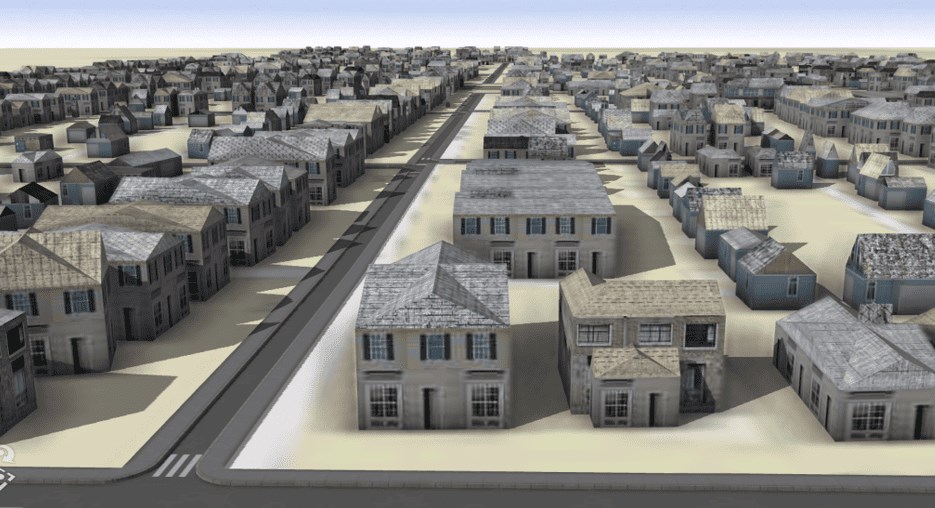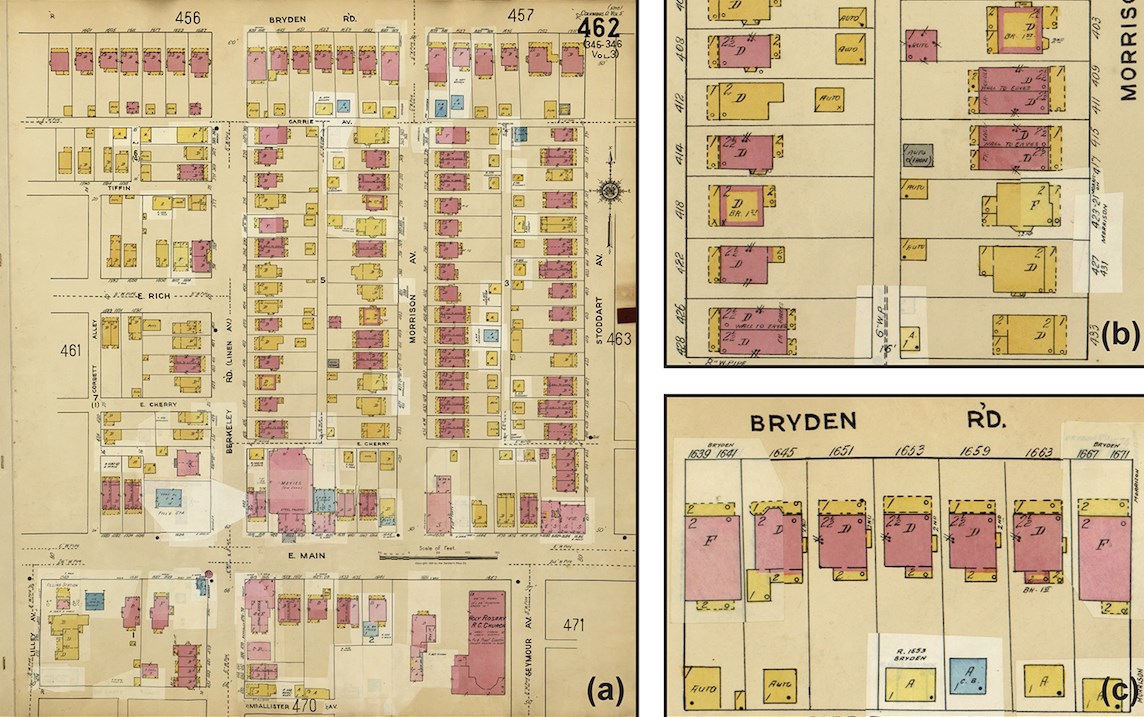[{“available”:true,”c_guid”:”baf28e0c-8262-4d8e-9b9a-dc5495c5cf6e”,”c_author”:”hvg.hu”,”category”:”itthon”,”description”:”Az egyetemnek elfogyott a pénze, a kormány pedig csak akkor ad, ha modellt vált. “,”shortLead”:”Az egyetemnek elfogyott a pénze, a kormány pedig csak akkor ad, ha modellt vált. “,”id”:”20230711_444_A_kormany_valoszinuleg_belezsarolja_a_BMEt_a_modellvaltasba”,”image”:”https://api.hvg.hu/Img/ffdb5e3a-e632-4abc-b367-3d9b3bb5573b/baf28e0c-8262-4d8e-9b9a-dc5495c5cf6e.jpg”,”index”:0,”item”:”2f2d4977-b33f-4de0-bbab-64806f3d1951″,”keywords”:null,”link”:”/itthon/20230711_444_A_kormany_valoszinuleg_belezsarolja_a_BMEt_a_modellvaltasba”,”timestamp”:”2023. július. 11. 07:55″,”title”:”444: A kormány valószínűleg belezsarolja a BME-t a modellváltásba”,”trackingCode”:”RELATED”,”c_isbrandchannel”:false,”c_isbrandcontent”:false,”c_isbrandstory”:false,”c_isbrandcontentorbrandstory”:false,”c_isbranded”:false,”c_ishvg360article”:false,”c_partnername”:null,”c_partnerlogo”:”00000000-0000-0000-0000-000000000000″,”c_partnertag”:null},{“available”:true,”c_guid”:”61be820f-573e-4458-84c8-c9f89d90e8e3″,”c_author”:”Nagy Iván Zsolt”,”category”:”itthon”,”description”:”Néhány éve a HVG címlapplakátjait tüntették el a hirdetőoszlopokról, de a hetilap jottányit sem engedett az elveiből. Nem teszi ezt most meg a hvg.hu és a hvg360 sem.”,”shortLead”:”Néhány éve a HVG címlapplakátjait tüntették el a hirdetőoszlopokról, de a hetilap jottányit sem engedett az elveiből…”,”id”:”20230711_Nagy_Ivan_Zsolt_A_HVG_elleni_kibertamadasokrol”,”image”:”https://api.hvg.hu/Img/ffdb5e3a-e632-4abc-b367-3d9b3bb5573b/61be820f-573e-4458-84c8-c9f89d90e8e3.jpg”,”index”:0,”item”:”1d74a379-bfe8-4e70-b54b-dad16ba63c6e”,”keywords”:null,”link”:”/itthon/20230711_Nagy_Ivan_Zsolt_A_HVG_elleni_kibertamadasokrol”,”timestamp”:”2023. július. 11. 19:02″,”title”:”Nagy Iván Zsolt: A HVG elleni kibertámadásokról”,”trackingCode”:”RELATED”,”c_isbrandchannel”:false,”c_isbrandcontent”:false,”c_isbrandstory”:false,”c_isbrandcontentorbrandstory”:false,”c_isbranded”:false,”c_ishvg360article”:false,”c_partnername”:null,”c_partnerlogo”:”00000000-0000-0000-0000-000000000000″,”c_partnertag”:null},{“available”:true,”c_guid”:”a705e348-38f2-49f5-ad19-9dc1f5b3479b”,”c_author”:”Németh András”,”category”:”360″,”description”:”Az EU új migrációs politikájának érvényesítését Magyarország és Lengyelország blokkolja, de a tagállamok saját hatáskörben próbálnak felkészülni a menekülthullámokra. A folyamatosan érkező bevándorlókat új integrációs programmal és a szegénynegyedek felszámolásával segítik a svéd hatóságok. A beilleszkedés támogatására a németek, franciák és a görögök is keresik a hatékony megoldásokat. “,”shortLead”:”Az EU új migrációs politikájának érvényesítését Magyarország és Lengyelország blokkolja, de a tagállamok saját…”,”id”:”20230712_Europai_Unio_migracio_bevandorlas_integracio_Eurobarometer”,”image”:”https://api.hvg.hu/Img/ffdb5e3a-e632-4abc-b367-3d9b3bb5573b/a705e348-38f2-49f5-ad19-9dc1f5b3479b.jpg”,”index”:0,”item”:”2ab7605c-c8b7-4666-84e2-dc8de5399a5a”,”keywords”:null,”link”:”/360/20230712_Europai_Unio_migracio_bevandorlas_integracio_Eurobarometer”,”timestamp”:”2023. július. 12. 17:00″,”title”:”Ezektől az uniós országoktól lehet ellesni, hogyan érdemes segíteni a bevándorlók beilleszkedését”,”trackingCode”:”RELATED”,”c_isbrandchannel”:false,”c_isbrandcontent”:false,”c_isbrandstory”:false,”c_isbrandcontentorbrandstory”:false,”c_isbranded”:false,”c_ishvg360article”:true,”c_partnername”:null,”c_partnerlogo”:”00000000-0000-0000-0000-000000000000″,”c_partnertag”:null},{“available”:true,”c_guid”:”11c7d1e0-6000-44fd-b0fe-ffa8e8916929″,”c_author”:”hvg.hu”,”category”:”tudomany”,”description”:”A macskák jó szimata közismert. Amerikai kutatók azért ennél mélyebbre ástak, és 3D-s számítógépes modellt készítettek a macskaorról.”,”shortLead”:”A macskák jó szimata közismert. Amerikai kutatók azért ennél mélyebbre ástak, és 3D-s számítógépes modellt készítettek…”,”id”:”20230711_hazimacska_orranak_3d_szamitogepes_modellezese”,”image”:”https://api.hvg.hu/Img/ffdb5e3a-e632-4abc-b367-3d9b3bb5573b/11c7d1e0-6000-44fd-b0fe-ffa8e8916929.jpg”,”index”:0,”item”:”8d0036d7-d90b-4d94-a5aa-39585aac1d27″,”keywords”:null,”link”:”/tudomany/20230711_hazimacska_orranak_3d_szamitogepes_modellezese”,”timestamp”:”2023. július. 11. 19:03″,”title”:”Csúcstechnológiás kémiai elemző bújik a házimacska orrában”,”trackingCode”:”RELATED”,”c_isbrandchannel”:false,”c_isbrandcontent”:false,”c_isbrandstory”:false,”c_isbrandcontentorbrandstory”:false,”c_isbranded”:false,”c_ishvg360article”:false,”c_partnername”:null,”c_partnerlogo”:”00000000-0000-0000-0000-000000000000″,”c_partnertag”:null},{“available”:true,”c_guid”:”570b5290-d32c-44a0-828a-6dc03e9fff22″,”c_author”:”hvg.hu”,”category”:”vilag”,”description”:”A szélsőséges kijelentéseiről ismert Aleksandar Vulin korábban belügyminiszter és védelmi miniszter is volt, ám Washington szerint kapcsolatokat ápol a nemzetközi szervezett bűnözéssel, kábítószer-kereskedelemmel és fegyverkereskedelem elősegítésével vádolják, valamint azzal, hogy tevékenységével aláássa a Nyugat-Balkán stabilitását, amiből végső soron Moszkva profitál.”,”shortLead”:”A szélsőséges kijelentéseiről ismert Aleksandar Vulin korábban belügyminiszter és védelmi miniszter is volt, ám…”,”id”:”20230711_szankciok_Szerbia_USA_Oroszorszag_Vulin”,”image”:”https://api.hvg.hu/Img/ffdb5e3a-e632-4abc-b367-3d9b3bb5573b/570b5290-d32c-44a0-828a-6dc03e9fff22.jpg”,”index”:0,”item”:”89513d74-b949-4791-a742-914e171d5b28″,”keywords”:null,”link”:”/vilag/20230711_szankciok_Szerbia_USA_Oroszorszag_Vulin”,”timestamp”:”2023. július. 11. 17:41″,”title”:”Szankciós listára tették az amerikaiak a szerb hírszerzés fejét”,”trackingCode”:”RELATED”,”c_isbrandchannel”:false,”c_isbrandcontent”:false,”c_isbrandstory”:false,”c_isbrandcontentorbrandstory”:false,”c_isbranded”:false,”c_ishvg360article”:false,”c_partnername”:null,”c_partnerlogo”:”00000000-0000-0000-0000-000000000000″,”c_partnertag”:null},{“available”:true,”c_guid”:”9fdb06be-7573-4879-a20d-1cb2c444452d”,”c_author”:”hvg.hu”,”category”:”tudomany”,”description”:”A Pennsylvaniai Egyetem kutatói LionGlass néven kifejlesztettek egy olyan üvegtípust, ami nem csak tízszer jobban ellenáll a törésnek, de még az előállítás is 30 százalékkal kevesebb energiát igényel. Mindez pedig számos területen hozhat áttörést.”,”shortLead”:”A Pennsylvaniai Egyetem kutatói LionGlass néven kifejlesztettek egy olyan üvegtípust, ami nem csak tízszer jobban…”,”id”:”20230711_pennsylvaniai_egyetem_uj_uvegtipus_fajta_lionglass_uveg_toresallosag_tizszeres_javulasa_eloallitas_kornyezeti_terhelesenek_csokkentese_alacsonyabb_olvadasi_homerseklet”,”image”:”https://api.hvg.hu/Img/ffdb5e3a-e632-4abc-b367-3d9b3bb5573b/9fdb06be-7573-4879-a20d-1cb2c444452d.jpg”,”index”:0,”item”:”4d07007d-e056-4099-a668-ed91fac53aea”,”keywords”:null,”link”:”/tudomany/20230711_pennsylvaniai_egyetem_uj_uvegtipus_fajta_lionglass_uveg_toresallosag_tizszeres_javulasa_eloallitas_kornyezeti_terhelesenek_csokkentese_alacsonyabb_olvadasi_homerseklet”,”timestamp”:”2023. július. 11. 09:03″,”title”:”Áttörést hoz, itt az újfajta üveg, 10-szer strapabíróbb, ráadásul az előállítása sokkal kevésbé terheli a környezetet”,”trackingCode”:”RELATED”,”c_isbrandchannel”:false,”c_isbrandcontent”:false,”c_isbrandstory”:false,”c_isbrandcontentorbrandstory”:false,”c_isbranded”:false,”c_ishvg360article”:false,”c_partnername”:null,”c_partnerlogo”:”00000000-0000-0000-0000-000000000000″,”c_partnertag”:null},{“available”:true,”c_guid”:”2e69337b-322f-4b91-9690-0c905d04fad4″,”c_author”:”hvg.hu”,”category”:”tudomany”,”description”:”Ha hamarosan az ingyenes, reklámokkal támogatott csomagba kerül, az nem a véletlen műve: megszünteti az egyik, új előfizetők számára már rég nem kínált előfizetési módját a Spotify.”,”shortLead”:”Ha hamarosan az ingyenes, reklámokkal támogatott csomagba kerül, az nem a véletlen műve: megszünteti az egyik, új…”,”id”:”20230711_spotify_apple_app_store_elofizetesi_mod_megszuntetese_kivezetes_ado_megkerulese”,”image”:”https://api.hvg.hu/Img/ffdb5e3a-e632-4abc-b367-3d9b3bb5573b/2e69337b-322f-4b91-9690-0c905d04fad4.jpg”,”index”:0,”item”:”36427f1c-cf3c-4bae-aa95-e40b0e37a50d”,”keywords”:null,”link”:”/tudomany/20230711_spotify_apple_app_store_elofizetesi_mod_megszuntetese_kivezetes_ado_megkerulese”,”timestamp”:”2023. július. 11. 22:03″,”title”:”Spotifyt használ? Lehet, hogy hamarosan új módszert kell választania a fizetéshez”,”trackingCode”:”RELATED”,”c_isbrandchannel”:false,”c_isbrandcontent”:false,”c_isbrandstory”:false,”c_isbrandcontentorbrandstory”:false,”c_isbranded”:false,”c_ishvg360article”:false,”c_partnername”:null,”c_partnerlogo”:”00000000-0000-0000-0000-000000000000″,”c_partnertag”:null},{“available”:true,”c_guid”:”2eaa141f-6cc5-4648-8488-447c6d8341fe”,”c_author”:”hvg.hu”,”category”:”tudomany”,”description”:”Július elején a Földön mért átlaghőmérséklet rekordot döntött (legalábbis 1979 óta), és immár tagadhatatlan a globális felmelegedés. De vajon hogyan hat mindez az emberi szervezetre? A Roehamptoni Egyetem kutatói erre a kérdésre keresik a választ.”,”shortLead”:”Július elején a Földön mért átlaghőmérséklet rekordot döntött (legalábbis 1979 óta), és immár tagadhatatlan a globális…”,”id”:”20230711_globalis_felmelegedes_hatasa_az_emberi_szervezetre_hostressz_testhomerseklet_kritikus_erteke”,”image”:”https://api.hvg.hu/Img/ffdb5e3a-e632-4abc-b367-3d9b3bb5573b/2eaa141f-6cc5-4648-8488-447c6d8341fe.jpg”,”index”:0,”item”:”de8a9c5a-fff8-479a-9733-ad681c35c9ba”,”keywords”:null,”link”:”/tudomany/20230711_globalis_felmelegedes_hatasa_az_emberi_szervezetre_hostressz_testhomerseklet_kritikus_erteke”,”timestamp”:”2023. július. 11. 20:03″,”title”:”Hány fokig bírja a hőséget az ember szervezete? Megtalálták a választ”,”trackingCode”:”RELATED”,”c_isbrandchannel”:false,”c_isbrandcontent”:false,”c_isbrandstory”:false,”c_isbrandcontentorbrandstory”:false,”c_isbranded”:false,”c_ishvg360article”:false,”c_partnername”:null,”c_partnerlogo”:”00000000-0000-0000-0000-000000000000″,”c_partnertag”:null}]


Depending on your membership level, we offer, among others:
- We send you an exclusive weekly digest of the interesting things in the world;
- You can gain insight into the work of HVG, you can meet our authors;
- You can take part in pre-premier screenings of the latest films, in various events;
- You can buy HVG books and publications at a discount;
- You can read hvg360 digital news magazine.
We recommend it from the first page














































